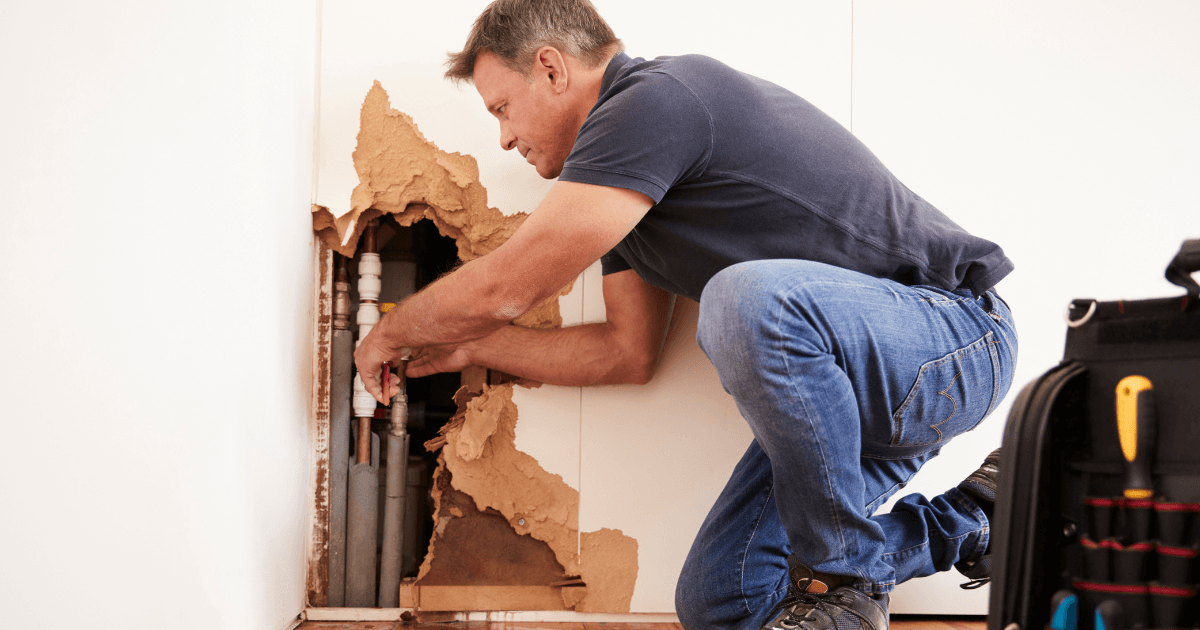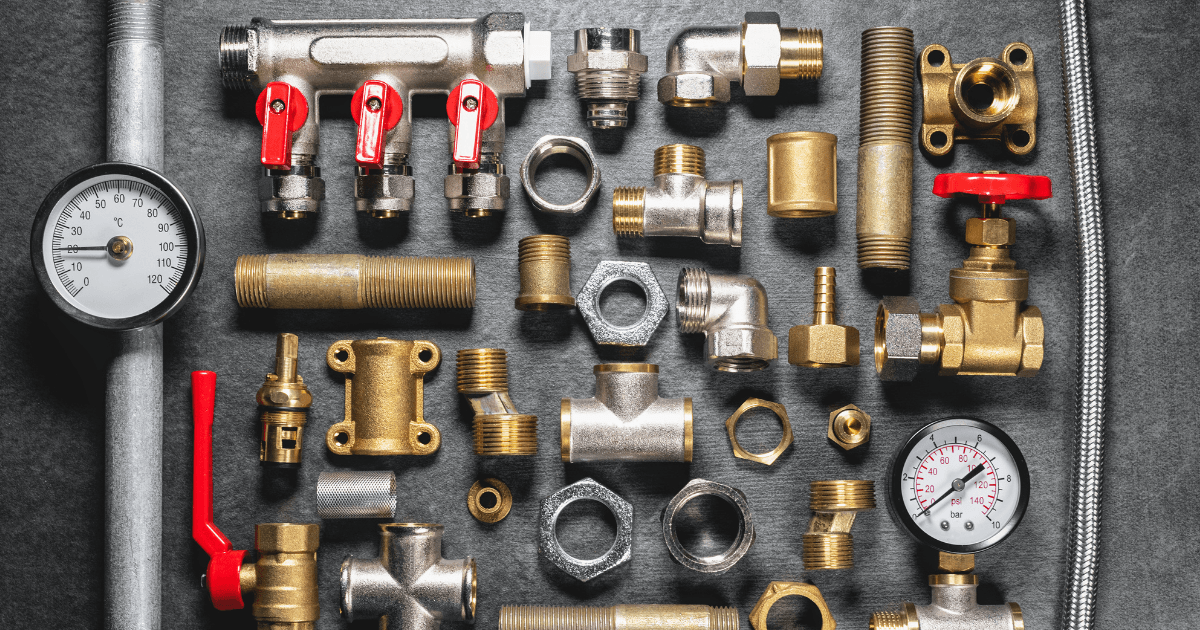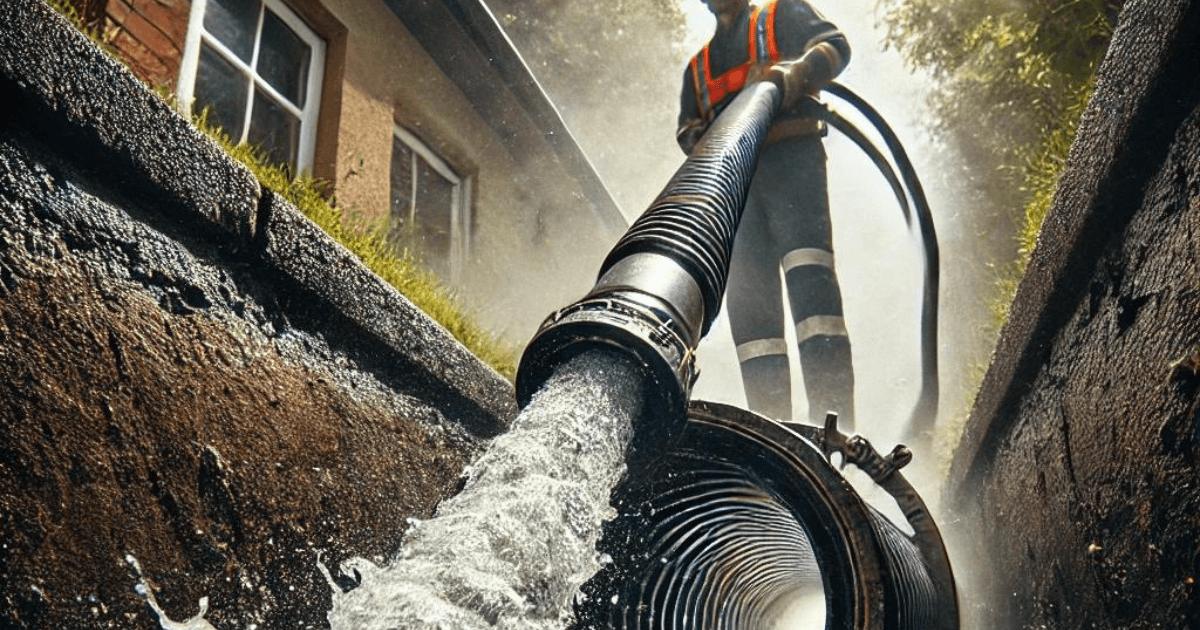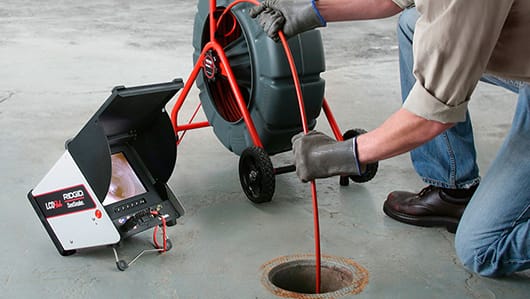A sump pump is one of those unseen but critical components of a home, silently working beneath the surface to prevent water from flooding your basement or crawl space. However, like all mechanical systems, it can fail—usually at the worst possible time. When that happens, the consequences can be financially and emotionally devastating, with floodwater threatening to damage your foundation, personal belongings, and even your health through mold and mildew.
To effectively address sump pump failure, we need to take a first principles approach, breaking down the function and vulnerabilities of sump pumps to build a resilient and future-proof strategy for preventing failure in the first place. This article will not only walk you through immediate steps to take when a sump pump fails but will also guide you through forward-thinking solutions to ensure your home stays dry, even when the worst happens.
Understanding Sump Pumps from First Principles
At its core, a sump pump is designed to move water away from your home’s foundation, where it can cause damage. It sits in a sump pit—a low-lying spot in the basement or crawlspace—and kicks into action when water levels rise. When functioning properly, a sump pump ensures that your home stays dry during heavy rains, snowmelt, or other water intrusions.
However, by thinking from first principles, we see that a sump pump’s failure is often due to fundamental issues:
- Power Dependency: Most sump pumps rely on electricity, which means they are vulnerable to power outages—often during the storms that cause the water levels to rise in the first place.
- Mechanical Stress: Sump pumps work hard during high water events, and overuse or lack of maintenance can lead to overheating, worn-out components, or total mechanical failure.
- Environmental Vulnerability: External conditions like blocked discharge lines, freezing weather, or debris accumulation in the sump pit can reduce efficiency or cause the pump to stop working altogether.
The primary failure modes of sump pumps arise from these underlying dependencies, and thus, the solution must address these fundamental issues head-on.
Immediate Steps to Take When Your Sump Pump Fails
If your sump pump fails, it’s crucial to act quickly to mitigate the damage. Here’s what you should do right away:
1. Ensure Electrical Safety
Before anything else, make sure it’s safe to proceed. If there’s standing water in your basement, especially around electrical outlets or appliances, cut the power to the room. Water and electricity don’t mix, and you don’t want to risk electrocution. If you’re unsure, it’s best to call an electrician before moving forward.
2. Check the Power Source
Since sump pumps are power-reliant, the failure may be as simple as a power outage or a tripped circuit breaker. If the power to your sump pump has been disrupted, reset the breaker or replace a blown fuse. In the case of a general power outage, consider switching to a backup power source (more on this in the preventive section).
3. Inspect the Float Switch
The float switch is the part of the pump that senses rising water levels and triggers the pump to start. If it’s stuck due to debris, mud, or improper alignment, your sump pump won’t activate. A quick inspection can reveal whether the float switch is caught or damaged, allowing you to clean it or make minor adjustments to restore function.
4. Clear Blockages in the Discharge Pipe
Sump pumps push water away from your home via a discharge pipe, which can become clogged with debris, ice, or sediment. Check the pipe for blockages, and if it’s frozen, thaw it using hot water or a heat gun. Installing a discharge line vent or filter can help prevent future blockages.
5. Use Temporary Solutions
If the pump can’t be fixed immediately, consider temporary measures such as using a wet/dry vacuum or buckets to manually remove water. This will at least minimize flooding while you wait for a professional or backup system to take over.
Common Causes of Sump Pump Failure and How to Prevent Them
To truly understand how to prevent sump pump failure, we need to break down the core reasons why they fail. Most sump pump failures come down to power outages, mechanical wear, improper sizing, and lack of maintenance. Here’s how to address each:
1. Power Outages
Power failure is the Achilles’ heel of most sump pumps. When the power goes out during a storm, your sump pump is often rendered useless at the very moment you need it the most.
Prevention Tip: Invest in a battery backup or generator system. A battery backup will keep your sump pump running for a limited time (usually around 12 to 24 hours) after a power outage. Alternatively, a home generator can keep the pump operating indefinitely during an extended power loss.
2. Mechanical Wear
Sump pumps can burn out due to overuse, especially during heavy rains or prolonged wet periods. Even high-quality pumps have a lifespan of about 7 to 10 years, depending on usage and maintenance.
Prevention Tip: Ensure your sump pump is the right size for your home and that it’s built for the expected load. In regions with heavy rainfall or frequent flooding, you may need a more powerful or secondary pump to handle the water. Additionally, follow a regular maintenance schedule, which includes testing the pump and checking for worn components.
3. Float Switch Malfunction
As mentioned earlier, the float switch is a critical component of sump pump operation. However, this is one of the most common failure points due to debris interference, wear, or improper placement.
Prevention Tip: Regularly clean the sump pit to ensure no debris is interfering with the float switch. If your switch malfunctions frequently, consider upgrading to a more reliable vertical float switch or installing a sump pump with a backup switch system.
4. Clogged or Frozen Discharge Lines
Clogs or frozen discharge pipes prevent the sump pump from properly draining water away from your home. In colder climates, water in the discharge pipe can freeze, causing pressure buildup and system failure.
Prevention Tip: Install a discharge pipe filter or vent to prevent debris from clogging the line. In cold weather areas, consider insulating the discharge pipe or installing a pipe with a larger diameter to reduce the risk of freezing.
Long-Term Solutions: Securing Your Home Against Future Failures
By understanding the vulnerabilities of sump pumps, we can design preventive strategies to ensure long-term reliability. Here are some forward-thinking solutions to protect your home against sump pump failure.
1. Install a Secondary Pump
In homes with high water tables or areas prone to flooding, consider installing a secondary pump. The secondary pump can take over if the primary pump fails or if the water flow exceeds the primary pump’s capacity.
This redundancy system ensures that water continues to be pumped out of your basement even during heavy storms.
2. Water-Powered Backup Systems
An innovative, forward-thinking solution is a water-powered backup sump pump. These systems use the pressure from your home’s municipal water supply to drive the pump during a power outage or primary pump failure. Since they don’t rely on electricity or batteries, water-powered pumps offer a nearly fail-safe solution during emergencies.
3. Smart Pump Monitoring Systems
Leverage the power of smart home technology by installing a smart pump monitoring system. Devices like PitBoss or Sump Alarm can monitor your sump pump’s activity and send real-time alerts to your phone if there’s an issue, such as excessive water levels, pump failure, or power loss. This gives you peace of mind, even if you’re away from home.
When to Call a Professional
While many sump pump issues can be resolved through DIY troubleshooting, there are times when a professional plumber is necessary:
- Burnt-Out Motor: If your sump pump has stopped working completely and troubleshooting doesn’t help, the motor may have burnt out. A professional can assess whether the motor can be repaired or if a full replacement is needed.
- Frequent Flooding: If your basement floods often, a plumber can evaluate whether your sump pump is the right size for your home, whether additional drainage solutions are needed, or if your pump is installed correctly.
- Persistent Water Backup: If your sump pump seems to run constantly but still can’t keep up with the water, a professional can check for issues like clogged drain tiles or improperly sloped discharge lines.
The Costs of Ignoring a Sump Pump Failure
Ignoring a sump pump failure can result in substantial damage to your home, including:
- Water Damage: Flooded basements can cause thousands of dollars in damage to flooring, walls, furniture, and personal belongings.
- Mold Growth: Standing water encourages the growth of mold and mildew, which can lead to serious health risks, including respiratory issues and allergies.
- Structural Damage: Prolonged flooding can weaken your foundation and compromise the structural integrity of your home, leading to costly repairs.
Conclusion: Proactive Maintenance and Future-Ready Solutions
Sump pump failures can be both immediate and catastrophic, but by understanding the fundamental causes of failure—power dependency, mechanical wear, and environmental factors—you can take proactive steps to ensure your home stays protected. Investing in a backup system, performing regular maintenance, and leveraging smart technology will give you peace of mind and prevent costly damage in the future.
Don’t wait until the next storm—test your sump pump today, check for potential vulnerabilities, and ensure you have a backup plan in place. Your home’s safety depends on it.
FAQ: Common Questions About Sump Pump Failures
1. How long does a sump pump typically last?
Sump pumps usually last 7-10 years, but regular maintenance can extend their lifespan.
2. Can I install a backup system myself?
Yes, if you’re comfortable with DIY projects, many battery and water-powered backup systems come with installation guides. However, for complex setups, it’s better to hire a professional.
3. What should I do if my sump pump fails during a storm?
If your sump pump fails during a storm, immediately shut off power to avoid electrical hazards and start manually removing water. Use a battery backup or generator to restore sump pump functionality.




